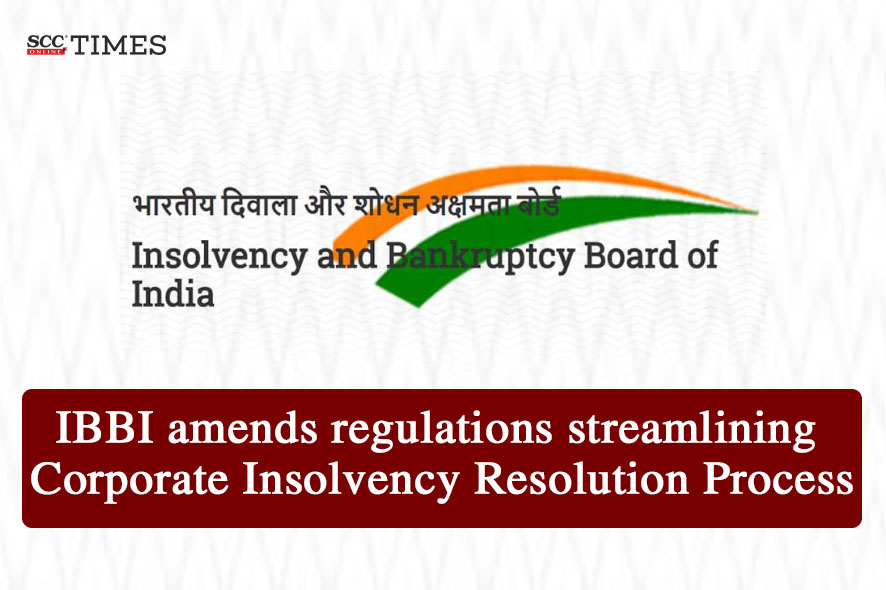📌 Introduction
In a bid to enhance the transparency, efficiency, and fairness of the Corporate Insolvency Resolution Process (CIRP), the Insolvency and Bankruptcy Board of India (IBBI) has introduced significant amendments during 2025. These include the Fifth Amendment Regulations, 2025 (effective July 4) and the Fourth Amendment Regulations, 2025 (notified May 26). Our guide on Manika TaxWise explains the changes in clear, digestible terms, with real-world implications for stakeholders.
🧩 Fifth Amendment Highlights: Avoidance Transactions & Mandatory Disclosures
The Fifth Amendment tightens disclosure requirements around "avoidance transactions"—transactions that may be preferential, undervalued, extortionate, or fraudulent.
Key Changes (effective July 4):
-
Mandatory Disclosure of Avoidance Transactions
All identified avoidance transactions, along with updates, must be detailed in the Information Memorandum -
No Post‑Plan Inclusion
Resolution plans cannot include avoidance transactions unless already disclosed before submission
Practical Impact:
-
Ensures early and transparent documentation of suspect transactions.
-
Prevents hidden liabilities from surfacing mid-process—crucial for creditor confidence.
🔄 Fourth Amendment Overview: Flexibility & Simplified Processes
Notified on May 26, 2025, the Fourth Amendment Regulations bring several enhancements:
1. Asset-level Resolution Plans
-
Resolution professionals can invite bids for the entire company or specific assets/business divisions—with CoC approval
-
Encourages private-economy asset-unlocking instead of liquidating entire firms.
2. Dissenting Creditors Paid First in Instalments
-
In phased payment plans, dissenting financial creditors receive at least pro-rata amounts—before supporters
-
This fosters equity and reduces dissent.
3. Interim Financiers Gain Visibility
-
Committee of Creditors (CoC) may call interim finance providers as observers (no vote)
-
Increased transparency promotes trust and fuels resolution financing.
4. All Plans Presented to CoC
-
Resolution professionals must present all plans (even non-compliant ones), ensuring comprehensive evaluation
-
Enhances fairness and informed decision-making.
✅ Fifth Key Change: Streamlined Digital Filing Forms
To reduce compliance burden and improve digital efficiency:
-
Previous nine forms (IP‑1 + CIRP 1–8) are replaced by five streamlined forms (CP‑1 to CP‑5), aligning with CIRP stages
-
Monthly filing cycle replaces event-driven sporadic filings—forms due by 10th of next month (or 7 days post tribunal decision)
-
A transitional grace period in September quarter reduces penalties as users switch systems .
🛠️ Outcome: Faster, smoother reporting and reduced compliance friction.
📊 At-a-Glance Comparison
| Feature | Pre-Amendment | Post‑Amendment (2025) |
|---|---|---|
| Avoidance Transaction Disclosure | Optional or post-plan | Mandatory from early stage |
| Asset Bidding | Company-wide only | Company or specific asset-level bids |
| Payment for Installments | Supporters prioritized | Dissenting creditors prioritized |
| Interim Finance Attendance | Generally excluded | Allowed as CoC observers |
| Plan Submission to CoC | Only compliant plans | All plans, including non-compliant |
| CIRP Forms | 9 separate forms | Consolidated 5 forms (CP‑1 to CP‑5) |
| Filing Timeline | Event-based | Monthly standardized due date |
👥 Real-World Implications
-
Creditors: Gain improved insight into financial risks via early avoidance-transaction disclosure and asset-level resolutions. Instalment structures now consider their dissent too.
-
Insolvency Professionals (IPs): Enjoy smoother filing routines and clarity on disclosure timelines.
-
Interim Financiers: Observer status in CoC may boost confidence and increase funding.
-
Corporate Debtors: The changes pave the way for asset-level sales, preserving value and preventing unnecessary breakup.
💡 Practical Tips for Stakeholders
-
Resolution Professionals: Train teams on new CP‑forms and monthly filing deadlines.
-
Creditors: Actively review disclosure reports early in the CIRP; consult advisors or forensic analysts on avoidance transactions.
-
Financiers: Seek observer positions in CoC to understand risks/returns.
-
Debtors: Consider asset-wise restructuring strategies for higher recovery.
✅ Conclusion: Why This Matters
The 2025 amendments mark a milestone in evolving India’s insolvency framework. Tightened disclosure norms, asset-level flexibility, creditor equity measures, and streamlined digital compliance collectively enhance CIRP’s integrity and accessibility. These refinements also align with global best practices, making India's process more robust and business-friendly.
ℹ️ FAQs
Q1: What are "avoidance transactions"?
Transactions made before insolvency (e.g., undervalue sales, preferential payments, fraudulent transfers) that may be reversed or impact creditor recovery.
Q2: Why must dissenting creditors be paid first during instalments?
To ensure fair treatment and reduce objections, making plans more creditor-friendly.
Q3: Who can invite asset-level bids?
Resolution Professionals, with CoC approval, can call for Expressions of Interest for the entire firm or individual assets.
Q4: How have filing requirements changed?
Nine event‑based forms reduced to five monthly CP‑forms; submissions streamlined via digital platform by the 10th of each month.
Q5: Can interim financiers vote in CoC meetings?
No—they can observe but not vote, offering transparency without decision power.
Q6: When did these amendments take effect?
Fourth Amendment: May 26, 2025 | Fifth Amendment: July 4, 2025 | New forms effective June 1, 2025.
By introducing these reforms, the IBBI is not only streamlining processes but also strengthening transparency, stakeholder trust, and overall recovery outcomes. At Manika TaxWise, we’ll continue to track these developments—stay tuned!


